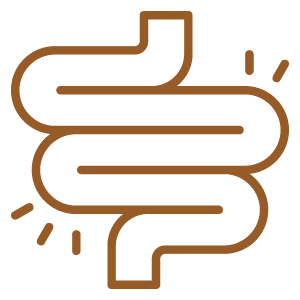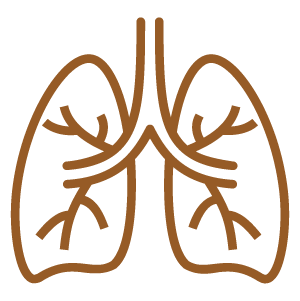Everything You Need to Know About
Roman Chamomile (Anthemis nobilis)
Botanical family: Asteraceae
Parts used: Flowers



Key Body Systems Roman Chamomile (Anthemis nobilis) relates to

Digestive System

Nervous system

Skin

Respiratory system
Energetics
Cooling
Drying
Key actions

Key uses
Where to Find Roman Chamomile (Anthemis nobilis)







